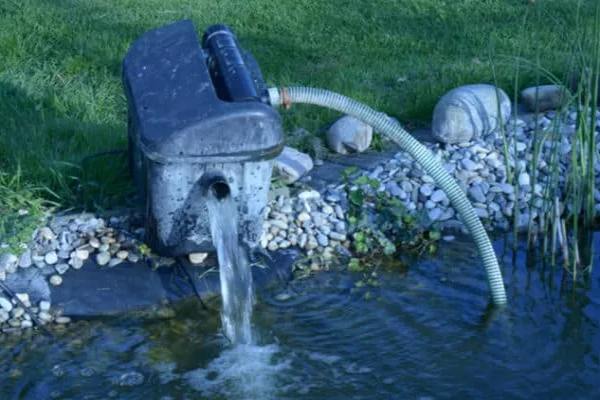Can Pond Pump Be Too Powerful? Answered
Pond pumps are essential components in maintaining a healthy aquatic ecosystem. They circulate water, oxygenate it, and help filter out debris, ensuring a balanced environment for fish and plants.
However, there’s often confusion and concern about whether a pond pump can be too powerful. Let’s delve into this topic and debunk some common myths surrounding the issue.
Myth 1: A Powerful Pump Will Harm Fish
One of the primary concerns about powerful pond pumps is that they might create strong currents that could stress or injure fish. While it’s true that some fish species prefer calmer waters, the impact of a powerful pump largely depends on the design and setup of the pond.
In reality, fish are remarkably adaptable creatures. Most species can acclimate to varying water currents, especially if there are areas of shelter and slower flow available within the pond. Additionally, strategically placing rocks, plants, or other barriers can help dissipate the force of the water, creating zones of differing flow rates to accommodate different fish preferences.
Myth 2: Excessive Pump Power Leads to Energy Waste
Another misconception is that using a powerful pump will result in unnecessary energy consumption and higher utility bills. While it’s true that larger pumps typically consume more energy, the efficiency of a pump is more important than its sheer power.
Modern pond pumps often come with adjustable flow rates, allowing users to fine-tune the water circulation according to the specific needs of their pond. By selecting an appropriately sized pump and adjusting its settings to match the size and depth of the pond, you can optimize energy usage without compromising water quality.
Myth 3: Strong Pumps Cause Excessive Water Loss
Some pond owners worry that a powerful pump will lead to excessive water loss due to splashing or evaporation. While it’s true that increased water movement can accelerate evaporation to some extent, the impact is usually minimal and manageable.
Proper pond design, including the incorporation of waterfalls or fountains, can help mitigate splashing and reduce the potential for water loss. Additionally, regularly topping up the pond with fresh water can compensate for any evaporation that occurs, maintaining the water level at an optimal height.
Myth 4: High Flow Rates Result in Poor Filtration
There’s a misconception that powerful pumps can overwhelm pond filtration systems, leading to poor water quality. In reality, effective filtration depends on several factors, including the size and type of filter media, the flow rate through the filter, and the turnover rate of the pond water.
While it’s important to ensure that your filtration system can handle the flow rate generated by the pump, a powerful pump can actually enhance filtration by circulating water more rapidly through the filter, removing debris and waste more efficiently. By selecting a pump and filtration system that are appropriately matched to the size of your pond, you can achieve optimal water clarity and quality.
Conclusion
In conclusion, while concerns about the power of pond pumps are understandable, many of the fears surrounding them are unfounded. With proper planning, design, and maintenance, a powerful pump can be an asset rather than a liability in maintaining a healthy pond ecosystem.
By considering factors such as fish preferences, energy efficiency, water loss mitigation, and filtration capacity, pond owners can harness the benefits of powerful pumps while minimizing any potential drawbacks. Ultimately, a well-balanced approach that takes into account the specific needs of your pond will ensure a thriving aquatic environment for years to come.

![How To Make Your Pond Pump Last Longer [10 Smart Tips]](https://pondmemo.com/wp-content/uploads/2023/05/how-to-make-your-pump-last-longer-1-min.jpg)
![10 Best Garden Waterfall Kits In The Market [Top Selections]](https://pondmemo.com/wp-content/uploads/2023/05/best-garden-waterfall-kits-1-img.jpg)

